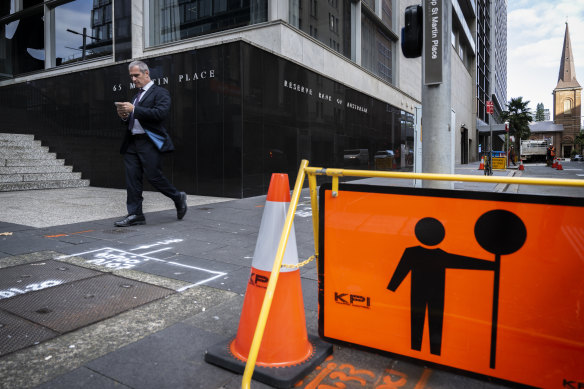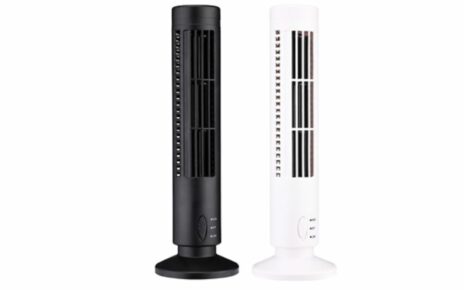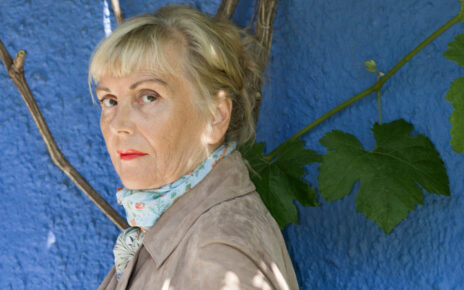The Reserve Bank has increased official interest rates for a record fifth consecutive month, lifting them by another half of a percentage point as it races to bring inflation under control.
Following its monthly meeting on Tuesday, the RBA increased the cash rate to a seven-year high of 2.35 per cent. At the start of May, the cash rate was still just 0.1 per cent.
The Reserve Bank is trying to rein in inflation.Credit:Louie Douvis
It is the most aggressive tightening of official rates by the bank since 1994 and the first time it has ever lifted rates at five consecutive meetings.
The move, expected by markets and economists, will add $242 to the monthly repayments on an $800,000 mortgage. Since the RBA started lifting rates in May, the cumulative increase in repayments is now more than $1000 a month on an $800,000 loan.
Treasurer Jim Chalmers said the rate rise would be difficult news for many Australians, despite being widely expected.
“The bank had flagged more increases, the markets had anticipated and homeowners were expecting it as well, but the fact that we knew it was coming doesn’t make it any easier for people,” he said during question time. “This will tighten the screws on family budgets. This will put more pressure on a lot of Australians who are already stretched.”
RBA governor Philip Lowe said while global factors were putting upward pressure on inflation, there were local factors as well.
“Inflation in Australia is the highest it has been since the early 1990s and is expected to increase further over the months ahead,” he said in a statement accompanying the decision. “There are widespread upward pressures on prices from strong demand, a tight labour market and capacity constraints in some sectors of the economy.”
Lowe said inflation was likely to peak later this year around 7.75 per cent, before edging down to 4 per cent through next year and then 3 per cent in 2024.
He signalled people expecting respite in rate increases were likely to be disappointed.
“The [bank] board expects to increase interest rates further over the months ahead, but it is not on a pre-set path,” he said. “The size and timing of future interest rate increases will be guided by the incoming data and the board’s assessment of the outlook for inflation and the labour market.”
Lowe said the economy was continuing to grow “solidly”, noting unemployment could edge lower than its current 48-year low of 3.4 per cent.
“Job vacancies and job ads are both at very high levels, suggesting a further decline in the unemployment rate over the months ahead. Beyond that, some increase in the unemployment rate is expected as economic growth slows,” he said.
Wages growth continues to be outpaced by inflation, but Lowe said there were “some pockets where labour costs are increasing briskly”.
Ahead of the bank’s move, Prime Minister Anthony Albanese said the government understood the cost of living pressures facing people.
He said the government would soon honour its election promises, bringing to parliament legislation for its cheaper medicine and childcare measures, while it had supported a large increase in the minimum wage.
“We understand the pressures that people are under and we wanted to undertake measures that alleviate cost of living pressures,” he said.
Chalmers said higher interest rates also meant tougher decisions for the government, as they raised the cost of servicing the government’s near $1 trillion in debt.
“It is our job to do what we responsibly can to help Australians deal with these pressures in the near term and to build a much more resilient economy into the future that is able to withstand some of these global and domestic shocks and our jobs summit, our economic plan our budget,” he said.
The RBA’s decision was made after figures from the Australian Bureau of Statistics showed consumer spending continuing to increase.
Spending by households in July was 18.4 per cent up on the same month last year. Spending on services surged by 28.4 per cent, largely due to the reopening of key parts of the economy, but expenditure on goods was also up by 9.5 per cent.
Discretionary spending was up by 19.8 per cent while for essential goods it was up by 17.1 per cent.
The bureau’s head of macroeconomic statistics, Jacqui Vitas, said July was the 17th consecutive month of through-the-year increases in household spending. Expenditure across all categories was up.
“There were particularly strong increases in spending on clothing and footwear (up 45 per cent), transport (up 35.4 per cent) and hotels, cafes and restaurants (up 34.9 per cent),” she said.
“These increases were coming off the back of the COVID-19 Delta lockdown impacts that we saw last year, when there was reduced spending in these spending categories due to lockdowns.”
Compared to the pre-pandemic period, household spending was up 11.9 per cent on July 2019 levels. Spending on furnishings and household equipment was up 22.4 per cent, clothing and footwear by 22.3 per cent and recreation and culture was up by 21.6 per cent.
Cut through the noise of federal politics with news, views and expert analysis from Jacqueline Maley. Subscribers can sign up to our weekly Inside Politics newsletter here.
Most Viewed in Politics
From our partners
Source: Read Full Article


